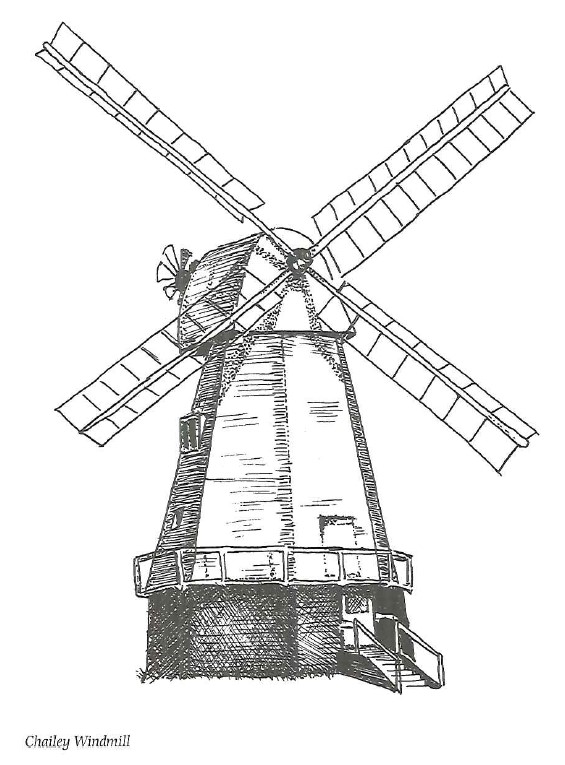They answered to some strange names here nearly 400 years ago. Baptismal registers began in 1607 and contain more than a ring of Pilgrim’s Progress about them, though the local offspring ceased to be lumbered with the oddities before Bunyan was born. Some of the more choice examples are:
Morefruit Stone, Sin-Deny Earle, Zealous Foote, Patience Tester (!), No-merit Vinall, Thankful Foote and God’s Blessing Bell.
In 1615 it was recorded: ‘Baptized Stephen the son of John Williams, executed fortnight before for stealing’ (the writer adds ‘God give his sonne more grace’). Later there is a sad little postscript: “Buried Stephen the son of John Williams (the Lord will be more merciful).”
Arlington is fortunate in being the rare possessor of churchwarden’s accounts which date back to the 15th century. The chief interest lay in the herd of 30 cows owned by the church, which was hired out to local farmers at a rent of 2lb of beeswax per cow per annum to supply light for the shrines.
The church of St Pancras is one of the most interesting in the county, with specimens of all periods of architecture from Saxon times onwards – including Roman bricks, a legacy of the Roman road that passed through the village. Inside there is a 13th century food storage jar found under the floor a century ago and repaired, and a 12th century wooden chest whose boards are rough cut from the tree. It is hard to believe that this noble building was for a long time in such a state of neglect that less than century ago the Bishop was moved to describe it as being in a state of decay, dirt and ruin … worse than any other church in Sussex … devoid of every decent requisite of worship’. During the Rev Thomas Burston’s incumbency from 1889 to 1918 St Pancras underwent a major restoration.
Near the church, and reputedly connected to it via at least one tunnel, is the 14th century Woodhorne Manor. The tunnels presumably served the village’s smuggling fraternity and led to an unusual ghostly phenomenon. No spirits are seen, but they are certainly heard – voices arguing loudly in an upstairs room ‘like two drunken men having a diabolical row’. The sound of raucous parties has also been heard coming from the house when it is empty.
The only serviceman from the village killed in the First World War, Jesse Levett, was commemorated by a plaque in the village hall nearly 70 years after his death. When villagers collected for a war memorial in 1920 they decided to spend the money on something tangible and an Army hut was bought at Seaford, dismantled and carted to the village to serve as the hall.
Friends were inspired to remember Jesse on the death of one of his brothers and they paid for the plaque, unveiled with due ceremony and displayed with his medals while Arlington’s oldest inhabitant, Mrs Amy Wooller, gave personal reminiscences of Jesse to the assembly.
Arlington’s scattered parish takes in several contrasting features: the broad expanse of the local reservoir with itswildfowl and anglers; the roar and bustle of the Eastbourne Eagles speedway track on race days; and the leafy solitude of Abbott’s Wood, which has stood since at least as long ago as the reign of Henry I (1100-1135) when it was owned by Battle Abbey.
